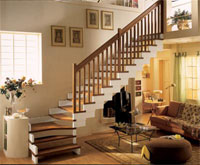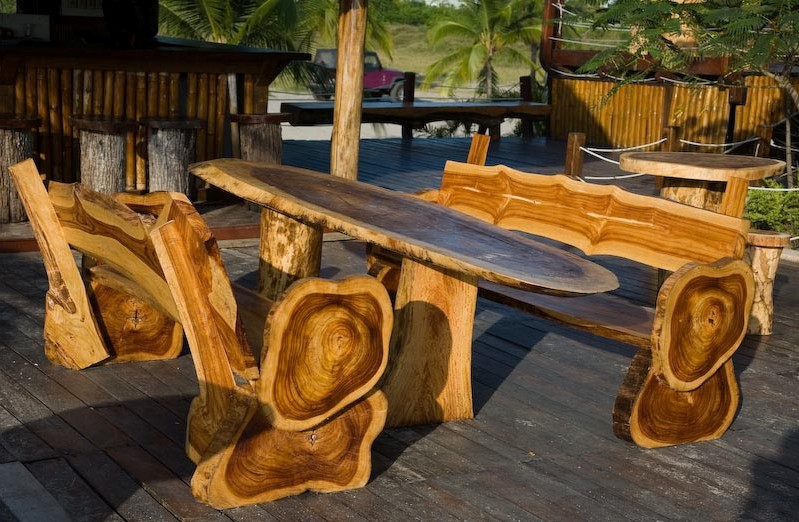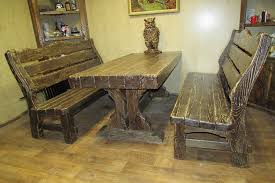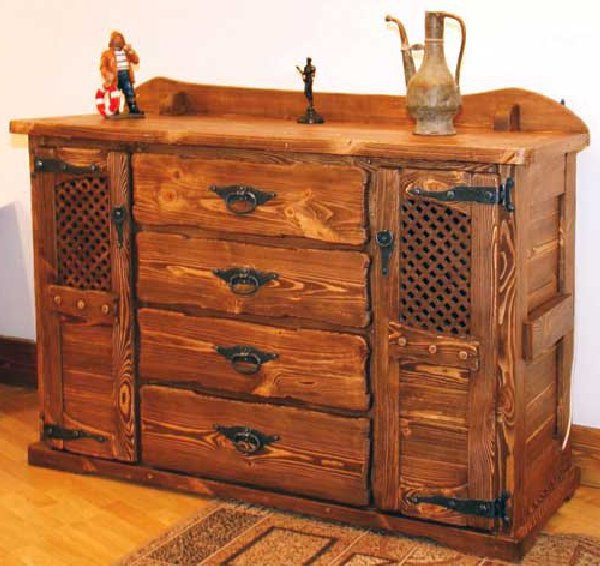rectangular
Parquet board
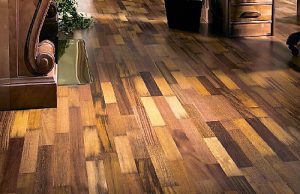 Flooring made from materials created by nature have been very popular and very popular for many years. The noble appearance, the relative ease of installation, the affordable price and the significant service life (with the proper daily care are quite significant) made the parquet board a favorite among all the most popular flooring today.
Flooring made from materials created by nature have been very popular and very popular for many years. The noble appearance, the relative ease of installation, the affordable price and the significant service life (with the proper daily care are quite significant) made the parquet board a favorite among all the most popular flooring today.
An undoubted advantage of a parquet board is its environmental friendliness, beauty, as well as a significant area of the board, which significantly reduces the time spent laying parquet boards and improves the quality of the resulting surface.
This unique material appeared not so long ago, in the forties of the twentieth century. An official patent was notarized in 1941 in Sweden. The technology has only been improved since then, but its operational properties have not become worse at all, rather the opposite. Continue reading
Table history
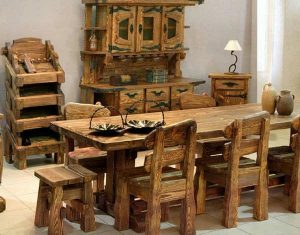 Ordinary table: a rectangular board on four legs from time immemorial served the person.
Ordinary table: a rectangular board on four legs from time immemorial served the person.
The simplest were the feasting tables – roughly knocked together boards set up on goats. Both princes and their squads and ordinary people feasted at such tables. I must say that in our time for large village weddings, which are celebrated in the courtyard in the summer and early autumn, they make the same banquet tables.
2 In miniatures of the Old Russian annals, Nestor, the chronicler, is depicted at the table for “knee writing.” These desks were not high, and their upper board was at the level of the writing knee. In addition, they were equipped with music stands. The parchment on which they wrote lay on its knees, and on the table itself there was everything necessary: inkwells, feathers, rulers, knives for cutting sheets and sharpening feathers.
Then tables appeared that looked like a chest: with low legs, with a lifting tabletop, under which there were many compartments and small drawers. Continue reading
Chair history
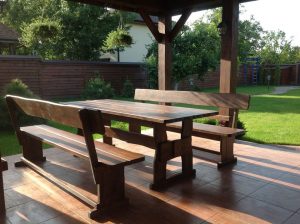 Such a usual piece of furniture for us as a chair was once not accessible to everyone. In Russia, until the time of Peter’s reforms, everyone, including those close to the royal person, sat on a bench. The chair served as a throne, even the king sat on it only in “special” cases. Moreover, they carried a chair with them: after all, the presence or absence of a chair clearly demonstrated who is who.
Such a usual piece of furniture for us as a chair was once not accessible to everyone. In Russia, until the time of Peter’s reforms, everyone, including those close to the royal person, sat on a bench. The chair served as a throne, even the king sat on it only in “special” cases. Moreover, they carried a chair with them: after all, the presence or absence of a chair clearly demonstrated who is who.
The inventors of the chair – the seat with the back – consider the ancient Egyptians. Before them, one could only sit on a bench or on a stool. It is difficult to imagine a royal lady sitting on a simple stool. But what if the chair has not yet been invented? For the thrones of their rulers, ancient Egyptian joiners invented armrests. At first it even seemed strange – backs, elbow holders. But the throne turned out to be so convenient that since then no sovereign ruler has refused it. Continue reading
